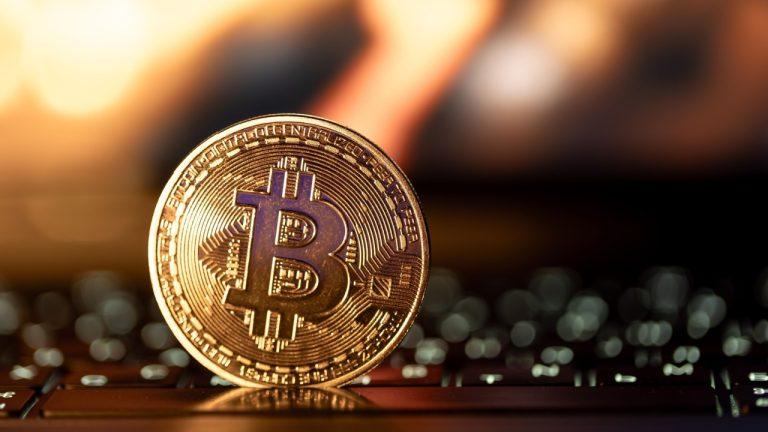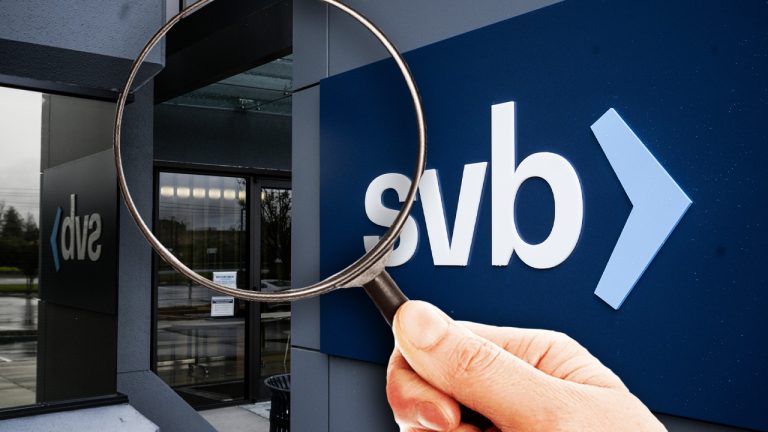
In our latest Cointelegraph Report, we broke down the main events that led to the collapse of Silvergate, SVB and Signature Bank and explain what this all could mean for crypto.
Last week’s rapid collapse of Silvergate, Silicon Vallley Bank and Signature Bank have highlighted the fragility of the traditional banking sector while depriving crypto of the main fiat on-ramp points in the U.S.
Most observers agree that the collapse of SVB, like the one of Silvergate, was largely the result of unfavourable market conditions and poor risk management.
The shutdown of Signature was more controversial. According to multiple sources, the bank was not facing insolvency and had largely stabilized its capital outflow when U.S. regulators decided take over it last Sunday. Many in the crypto industry saw it as a political decision, aimed at pushing crypto out of the U.S.
Silvergate and Signature were the two main financial institutions providing banking services to crypto companies in the US: following their shutdown, it will be far more challenging for crypto companies to interact with the dollar system.
In the meantime, The collapse of SVB seemed have caused a ripple effect across the global banking sector: Credit Suisse, the second largest Swiss financial institution, is going through a severe crisis which required the Swiss Central Bank to intervene with a $54 billion lifeline.
If you want to know more about the ongoing banking crisis and how it is affecting cryptocurrencies, check out ourr latest Cointelegraph Report and don’t forget to subscribe to our YouTube channel!










